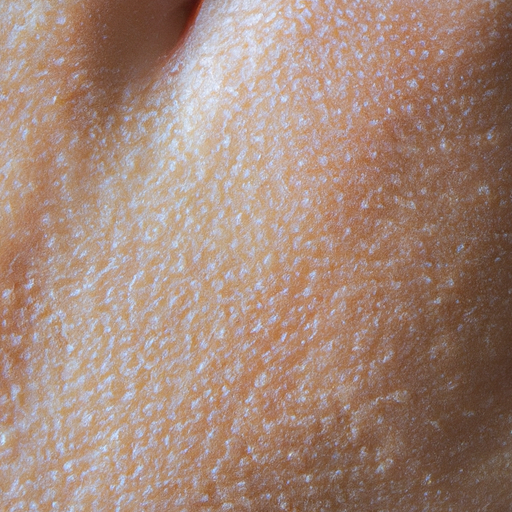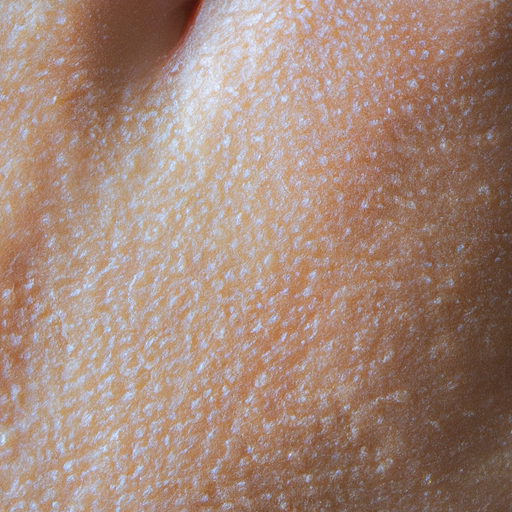As a practicing physician, I have encountered numerous patients suffering from dry skin, a condition that may seem trivial but can significantly affect a person’s quality of life. Dry skin, medically known as xerosis cutis, is a common condition characterized by a lack of appropriate moisture in the skin. This article aims to provide a comprehensive guide to diagnosing and treating dry skin.
Dry skin can manifest in various ways, including itchiness, redness, flaking, and even cracking or bleeding in severe cases. It can occur anywhere on the body but is most commonly found on the hands, arms, and lower legs. While it can affect individuals of all ages, it is more prevalent in older adults due to the natural decrease in sebaceous gland activity with age.
Diagnosing dry skin is usually straightforward and based primarily on physical examination and patient history. As a doctor, I look for signs of scaling, flaking, or cracking skin during the examination. I also ask about the patient’s bathing habits, use of moisturizers, and exposure to irritants or allergens. In some cases, if an underlying condition like eczema or psoriasis is suspected, I may recommend a skin biopsy or other diagnostic tests.
The treatment of dry skin primarily focuses on replenishing the lost moisture and protecting the skin from further damage. This usually involves making changes to daily routines and using over-the-counter products.
One of the first recommendations I give to patients is to limit their exposure to water, especially hot water, as it can strip the skin of its natural oils. Instead, opt for lukewarm water and limit bathing time to 10-15 minutes. After bathing, pat the skin dry gently and apply a moisturizer immediately to lock in moisture.
Choosing the right moisturizer is crucial. Look for products that contain ingredients like ceramides, glycerin, or hyaluronic acid that help retain moisture. For very dry or cracked skin, ointments containing petroleum jelly or lanolin can provide a protective barrier and promote healing.
In addition to these measures, using a humidifier in dry climates or during winter can help maintain skin hydration. Drinking plenty of water and maintaining a balanced diet rich in essential fatty acids also contribute to skin health.
If these measures do not provide relief, or if the dry skin is accompanied by other symptoms like redness, swelling, or infection, it is important to seek medical attention. In such cases, a doctor may prescribe topical steroids or other medications to treat underlying conditions causing the dry skin.
In conclusion, while dry skin is a common condition, it should not be overlooked. With the right diagnosis and treatment, it can be effectively managed, improving the patient’s comfort and quality of life. As a doctor, my goal is to empower my patients with the knowledge and tools they need to take control of their skin health.




